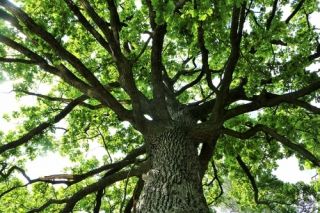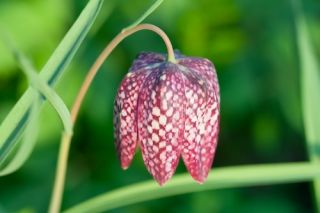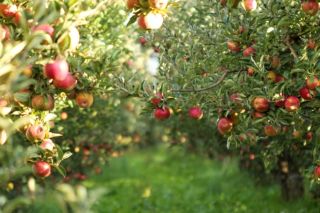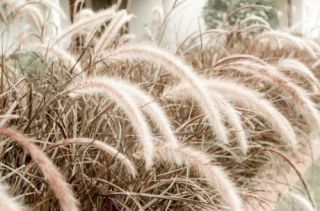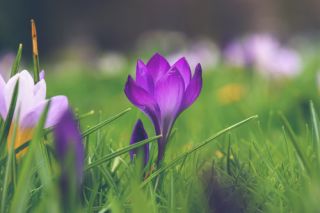
Plant bulbs to naturalise in grass for a long-lasting, natural looking display that just gets better and better each year. A smattering of colour in the lawn is a welcome sight in spring, and many bulbs are quite happy to grow among the grass, seeding themselves freely into quite extensive colonies in time.
Good choices include Crocus tommasinianus, which opens its pretty mauve goblets on sunny days; snakes-head fritillaries with their nodding, chequerboard heads; and the smaller narcissi like ‘Minnow’ and hoop-petticoat daffodils (Narcissus bulbocodium). For wilder areas of the garden with longer grass, try naturalising camassias for a shot of blue among the green, or some of the taller daffodils like ‘Actaea’ or ‘Ice Follies’. There are lots more to choose from, and they’re all on sale at the garden centre here in Bitton and Warminster right now: drop by and we’ll be happy to talk you through the choices.
To achieve a natural look right from the start, buy plenty of bulbs to plant at once and scatter them on the ground so they fall in a haphazard way. Then plant them wherever they fall to achieve that natural-looking ‘drift’ effect.
Use a long-handled bulb planter to plant each one. You should aim to plant the bulbs at about two times their length into the soil: so a daffodil bulb measuring 5cm from tip to base would go in about 10cm deep.
Drive the bulb planter into the turf with your foot, wiggling it to cut through the grass and the soil beneath. Pull it out with a plug of soil, and place the bulb in the hole with the pointed end upwards. Put the plug of soil back into the hole on top of the bulb with the grass side up. Gently firm the plug into place and water if the weather is dry.

